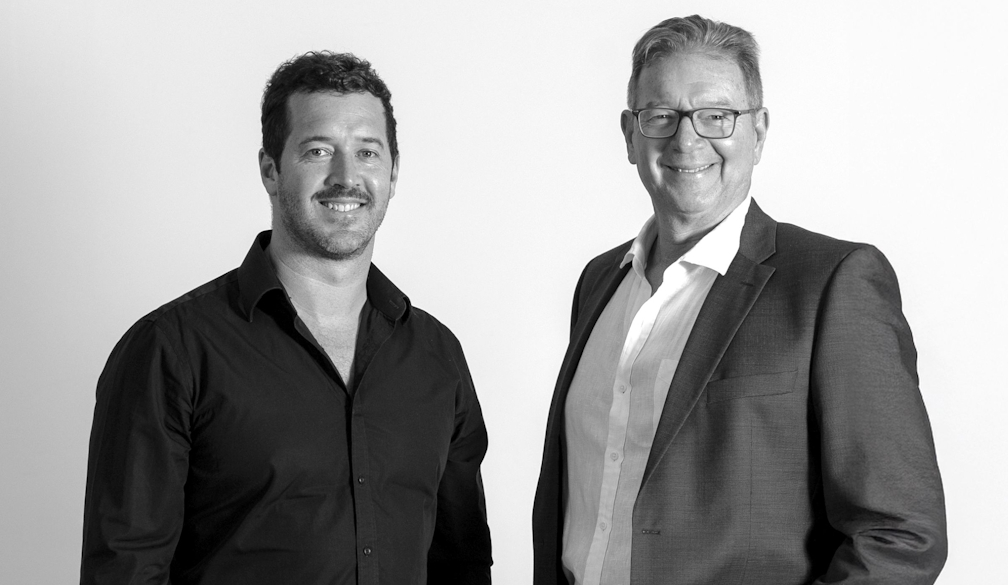Innovation Meets Nature: The New Wave of Freshwater Solutions

Most of us don’t think much about water until it stops flowing. When it does, access becomes urgent. It’s then that communities start asking why better solutions weren’t in place sooner.
The good news is, plenty of work has already gone into solving this problem. And some of the best answers are based on something simple: nature. Forests, soil, and the atmosphere have been filtering water for millions of years without chemicals or heavy infrastructure.
- Learning from Nature’s Approach
Nature has its own way of cleaning water. Rain filters through soil and rock. Rivers and wetlands improve water quality as it moves through them. These ideas are now showing up in water treatment systems designed for real-world use.
In New Zealand and beyo, solar desalination systems are built on the same principles. They use evaporation, condensation, and basic filtration to turn seawater into clean drinking water. No chemical additives are needed, just smart design and a renewable power source.
- Moving Beyond Chemical Treatment
Most traditional water systems rely on chlorine, fluoride, and other chemical additives to make water safe. These work, but they come with costs, both financial and environmental. They also affect the way water tastes.
Chemical-free desalination is a practical alternative. These systems use heat and pressure to separate clean water from salt and other contaminants. Fine filters finish the job. The result is safe, drinkable water without relying on chemical dosing.
- Solutions That Fit the Community
Coastal towns often face a frustrating challenge. They’re surrounded by water but can’t access it safely without expensive infrastructure. Many communities have put off solutions for years because traditional desalination is too large and costly to manage.
Companies like Bluemont New Zealand offer a different model. They take into account climate, available resources, site size and water needs to figure out the right solution for any given site. This kind of tailored setup makes clean water accessible to places that otherwise couldn’t support it.
- Desalination That Scales
Desalination used to mean large, complex facilities. Now, that’s changing. Compact systems can fit under a kitchen sink, on a boat, or in an off-grid cabin. Solar-powered units can serve individual households or small communities.
This flexibility opens up new possibilities. Clean water no longer depends on central infrastructure. It can be produced where it's needed, when it's needed.
- A Practical Response to a Changing Climate
Weather patterns are less predictable than they used to be. Droughts are longer. Floods are more intense. And old infrastructure isn’t always up to the task.
Nature-based and solar-powered systems provide a level of resilience that traditional systems often lack. If the water source changes after heavy rain or storm surge, these systems adjust without complex intervention. That reliability is increasingly important in a changing climate.
Conclusion
We don’t need to wait for large infrastructure projects to tackle water challenges. Nature already offers the blueprint, and technology has made it possible to apply those lessons at any scale.
By adopting these solutions, communities can take greater control over their water supply, reduce long-term costs, and build resilience for the future. The tools are here. It’s time to use them.









